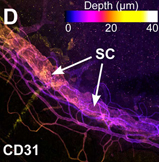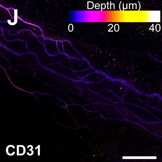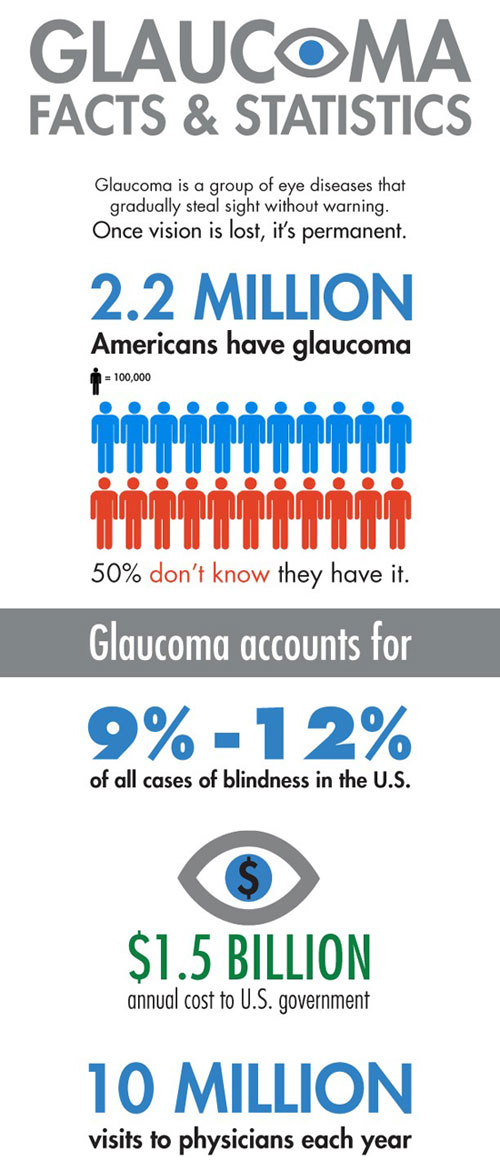What is glaucoma?
Glaucoma is a group of diseases that can harm the optic nerve and cause vision loss or blindness. The optic nerve is a bundle of nerves that carry messages from the eye to the brain. The most common form of Glaucoma is primary open-angle.
What causes glaucoma?
At the front of the eye, there is a small space where clear fluid flows in and out. If this clear fluid flows too slowly, it creates pressure on the optic nerve. This pressure can harm the optic nerve and cause glaucoma and vision loss.
Who is most likely to get glaucoma?
Anyone can get glaucoma, but some people have a higher chance of getting it. People who have a higher chance are African Americans over the age of 40 and anyone over the age of 60 (especially Mexican Americans). If glaucoma runs in your family, you also have a higher chance of getting it.
What are the symptoms of glaucoma?
In its early stages, many times there are no symptoms or pain. As Glaucoma gets worse, you may slowly lose your peripheral vision. If it remains untreated, you may miss objects to the side and out of the corner of your eye. Its like looking through a tunnel. Over time, straight- ahead vision may decrease until no vision remains.
Current standard of care
1. Medical (Pharmaceuticals)
No new Glaucoma pharmaceutical in 20 years (1996)
2. Laser Surgery (Out-patient)
Requires two procedures and use of pharmaceuticals
3. Traditional surgery (In-patient)
Requires two procedures
Requires use of pharmaceuticals
Painful, costly, and invasive
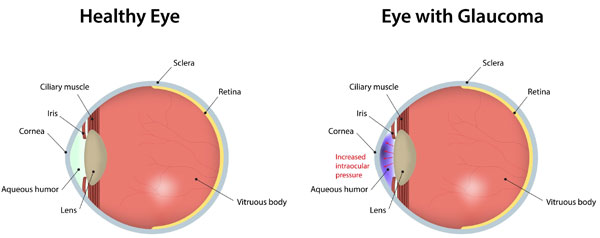
Video: glaucoma: causes, prevention and treatment
Glaucoma and IOP
There have been no new therapies in IOP in over 20 years. MAN-01 has the opportunity to be a first-in-class drug for Intraocular Eye Pressure, the only drug targeting the critical ‘Schlemms’ Canal. The Schlemms Canal is responsible for 70%-90% of fluid drainage in the eye.
Technology
We are developing a unique set of molecules to treat vascular related diseases, such as Primary Open Angle Glaucoma, Pediatric Glaucoma, Cystic Kidney Disease, and Inflammation via our proprietary research platform.
Research
Our primary indication, MAN-01, is for treatment of Primary Open Angle Glaucoma, wherein we are developing a small molecule in the form of an easy to administer eye drop to reduce intra-ocular eye pressure (IOP), a key risk factor in the progression of Glaucoma.
Method of action
MAN-01 facilitates the drainage of liquid through the Schlemm’s Canal; the testing on mice has consistently delivered positive results in relieving IOP.
Ocular drainage pathways
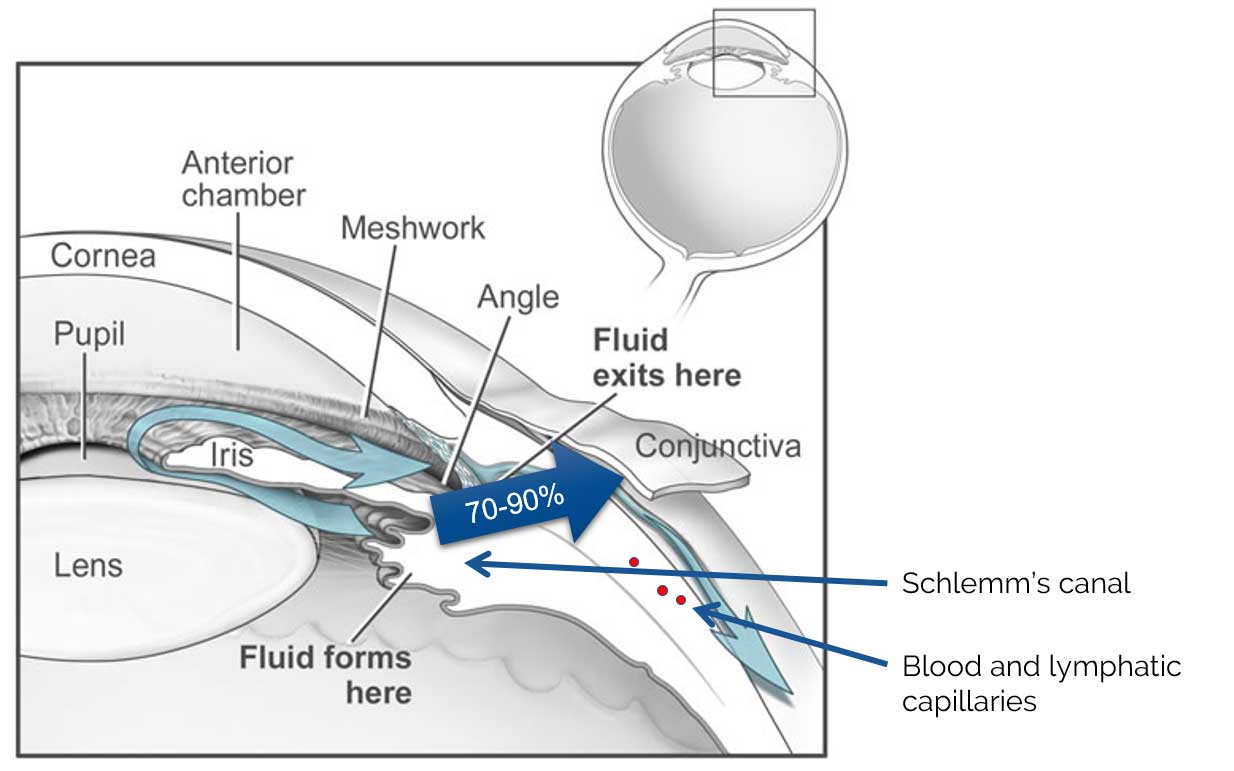
Only drug targeting the critical ‘Schlemms’ Canal
The Schlemms Canal is responsible for 70%-90% of fluid drainage in the eye
Testing results shows normalizing IOP
Primary indication for Adult Open Angle Glaucoma
Additional indications may include: Age Related Macular Degeneration (AMD) Cardiovascular Disease Cystic Kidney Disease
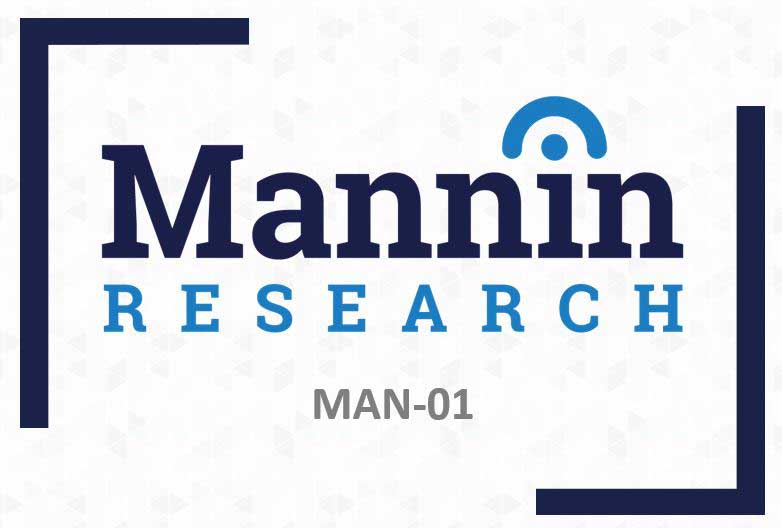
Dr. Susan Quaggin described novel relationship between Tie2 and Glaucoma in JCI 2014 article
Mannin’s technology is based on the Tie2 Mechanism of Action for a number of vascular diseases
Dr. Quaggin’s research has lead to a genetic understanding of the role of Tie2 and Glaucoma (JCI, 2014)
 |
Susan Quaggin, MD Chief Scientifie Officer & Chair of Sciencifie Adcisory Board Thought leader in Tie2 VEGDF signaling |
Key tool is the mouse genetics (conditional knock-out mice)
Angiopoietin 1;2 VE-PTPAngiopoietin 1;2 Mouse model
